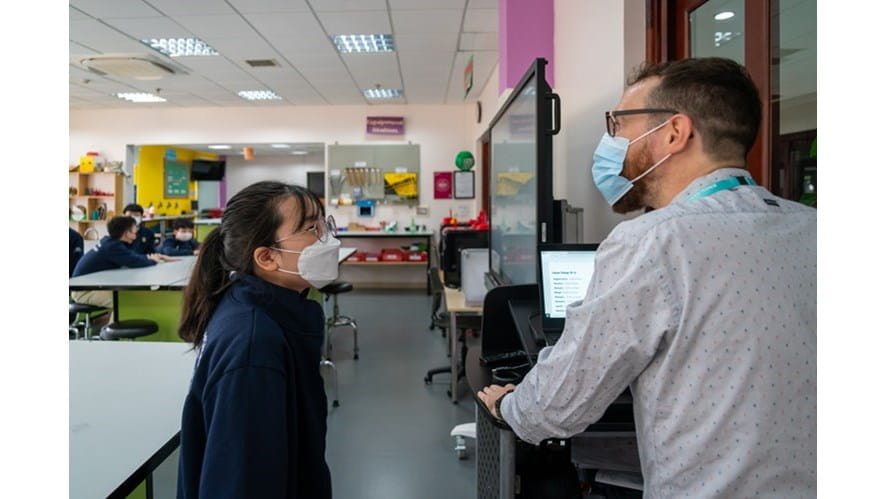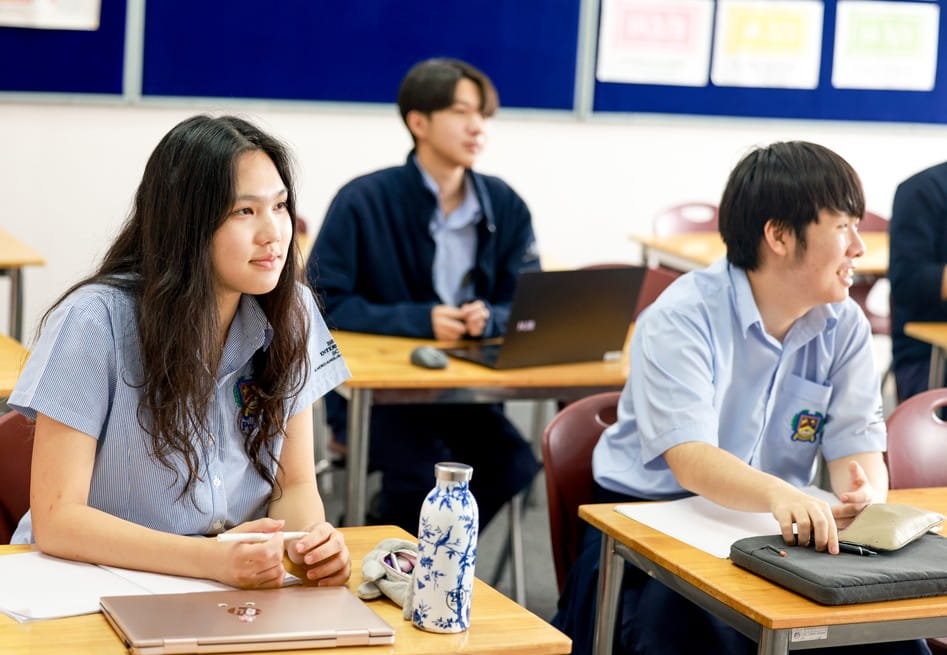The impact of intrinsic motivation and learning agility on academic performance Employers talk about workplace competencies being the key to talent and some of the most commonly mentioned are intrinsic motivation and learning agility.
Whilst we truly value academic outcomes here at BIS Hanoi and are extremely proud of the academic endeavours of our students, we understand that success in this area alone does not prepare students for success beyond academia.
Employers talk about workplace competencies being the key to talent and some of the most commonly mentioned are intrinsic motivation and learning agility. It is important that we embed all skills, but most importantly ensure that students are intrinsically motivated to grow and learn, when there isn’t a specific outcome.
A study carried out 25 years ago explored the impact that summative formal assessments (examinations and tests) can have on student motivation and their focus to learn in the short term, seeing the assessment and result as the end point, rather than valuing and engaging in deep and genuine learning experiences (Kellaghan, Madaus, and Raczek, 1996). This research was preceded in 1985 in a study which coined the phrases ‘intrinsic and extrinsic motivation’ (Deci & Ryan, 1985). Students who possess ‘extrinsic’ motivation often engage in shallow learning and study habits such as rote learning. Three decades have almost passed since this research but it is still a focus for educational institutes today and supports our work here at BIS Hanoi in ensuring we equally value skills for learning and most importantly the effort required to learn effectively.
Student effort refers to the energy and determination that students demonstrate in a classroom environment.
Intrinsic motivation focuses on the feeling of satisfaction derived from a learning activity.
Extrinsic motivation focuses on the reward nature of an outcome, for example external examination results.
Learning agility requires individuals to be able to think deeply across a number of challenges. Those that show success in this particular skill regularly demonstrate the following:
Embrace the challenge of the unfamiliar
Take on a new challenge that scares you
Don’t get stuck on first solutions
In order to achieve success and have the motivation and determination to thrive within learning agility effort is paramount. We talk a lot about effort at BIS Hanoi and celebrate individual successes with students. Effort is not simply about completing tasks that are assigned, it is about students truly stretching themselves and making regular steps forward learning capacity. Mistakes are commonplace as part of this process, but they provide reasonable stretch for the student. It is within this space that the celebration for effort is essential.
We are regularly reviewing the effort data of students that is issued on the academic reports that are sent home and ensuring that our Wellbeing curriculum and classroom practice support students with making improvements where needed. We urge these discussions to continue at home, with a particular focus on effective effort and genuine learning throughout all of their learning activities.






